There is hope that samples taken from Australia’s largest mass whale stranding can shed light on why the mammals beach themselves.
More than 250 dead whales have been documented by scientists at the Tasmania Museum and Art Gallery.
Rescuers saved 111 whales from a group of around 470 that became stranded on Tasmania’s remote west coast on Sept. 21.
The majority of whales were female, with 88 males and 40 juveniles, which according to the experts, make up the typical proportions of a pod.
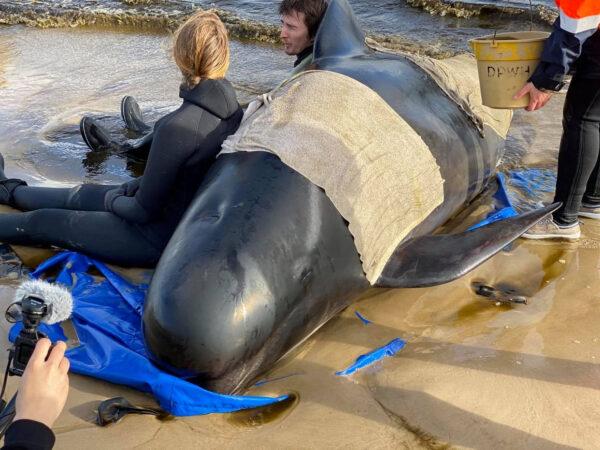
Several skulls will be examined to determine if sonar and noise pollution caused the whales acoustic trauma that could have resulted in the stranding.
“Holding physical evidence of the event in long-term storage means we can revisit and answer questions about whale strandings with technologies that may not even exist yet,” Bauer said.
The samples will also help determine how the whales are related to each other, adding knowledge to the species’ biology and behaviour.
While hopeful, Bauer said a definitive reason for the beaching would probably not be known.
Macquarie Harbour is a noted hotspot of pilot whale stranding due to the complex geography which can disrupt the species’ sonar-like echolocation.
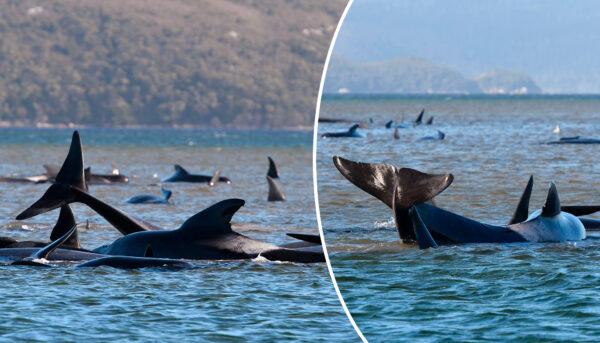
The pod is thought to have been drawn into the coastal zone after they came close to the shallows hunting for food or through the misadventure of a few pod members.
Bauer noted though that younger whales would still be okay after the stranding, because even if their mother perished, freed calves have a good chance of survival as they typically feed from more than one female.
“They‘ll either find another lactating mother to feed off, or they’ll be old enough to forage for themselves,” Bauer said.
“So that’s pretty good odds,” she said.
Tasmanian government officials said the rescue effort would continue “as long as there are live animals”.
“While they’re still alive and in water, there’s still hope for them,” Nic Deka, a regional manager for Tasmania’s Parks and Wildlife Service, explained.
A clean-up plan is still being worked out, but the crews aim to finish removing 360 carcasses from the harbour before problematic weather on Sept. 30.
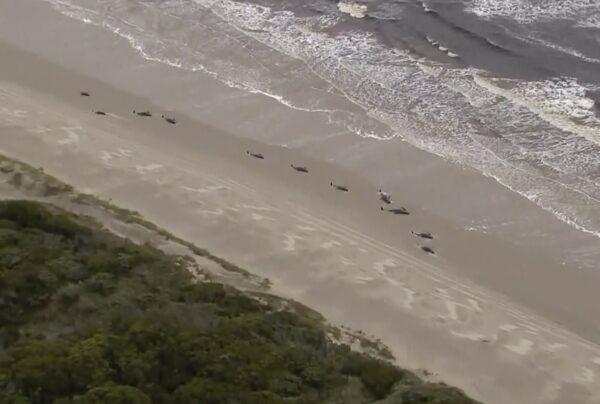
In the past, carcasses have been buried on the shore or dragged out to open sea.
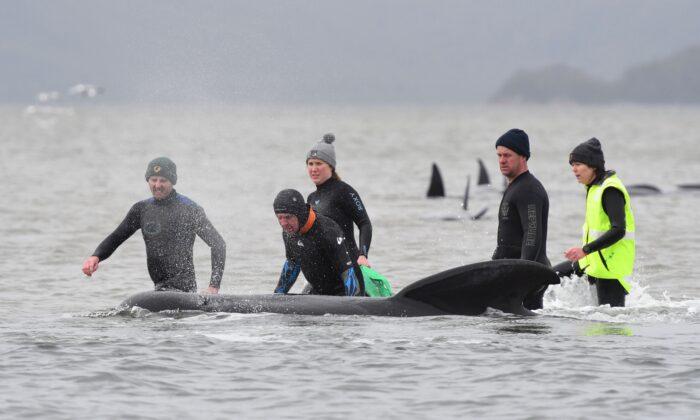



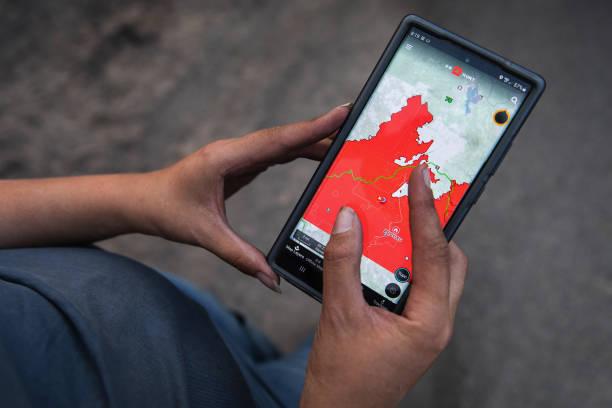

Friends Read Free